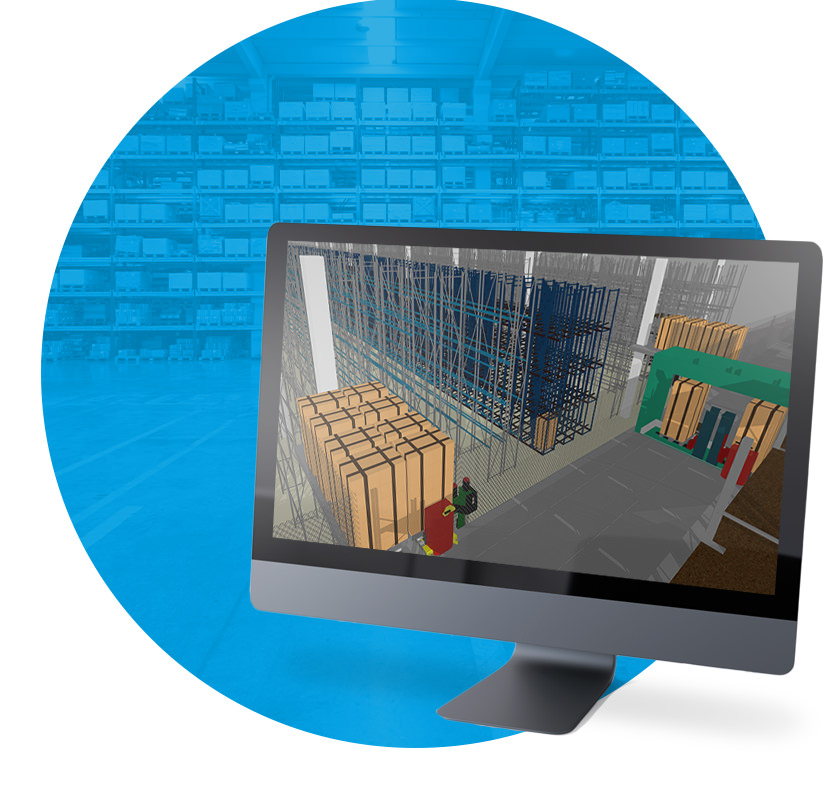
Know how
it will be


Why a simulation model?
Complexity and dynamics in the production and logistics process are steadily increasing. This leads faster and faster to questions that can not be answered with a static view. If the Excel spreadsheet does not work and a picture of the problem with Operation Research methods becomes too large, then a simulation model should be used to investigate existing problems.
For questions regarding the optimal design of conveyor technology or the optimisation of production processes and order sequences a simulation is an important tool. Compared to other countries, Germany has a lot of catching up to do when it comes to using simulations. Because one of the most important goals of a simulation is the protection of investments. A simulation model can be used to show how effective a planned investment really is and whether the assumed benefits really do turn up as expected. To simulate means to learn today from the future.
See for
yourself!

Through a simulation that realistically maps the complexity and dynamics of technical systems, the processes can be displayed transparently and cause-and-effect relationships can be identified. Processes can be tested and optimally coordinated, bottlenecks are detected and analysed.
WHEN WILL A SIMULATION BE USED?
When the effects of a particular (concrete) problem on a system are to be investigated and tested on the real system
- too expensive,
- too dangerous or
- too time consuming
is. Using a simulation model, the incoming behavior can be examined virtually.
MATERIAL FLOW & LOGISTICS
The use of simulation in the field of material flow and logistics, as a supporting tool for factory planning, has become increasingly important in recent years. Problems in the areas of logistics, material flow and in-house transport are usually carried out with the iFD simulation tool Automod.
The tool comes from the American manufacturer Applied Materials and has been specially optimised for the extremely precise three-dimensional mapping of logistics systems. Thus, the dynamic effects in MFCSs can be imaged very impressively and close to reality. Due to the basic parameters that can be easily parameterised in the blocks, very detailed and clear models can be realised in a very short time.
Nevertheless, at all levels of abstraction, the tool offers sufficient options for interpreting unusual or highly specialised systems with high intrinsic intelligence.
Modules:
- AS/RS (automated storage/retrieval system)
- Kinematics (Robots)
- Conveyor (Conveyor Technology)
- Pathmoover (ground conveyors, forklifts, AGVs, overhead monorail rail)

Are you interested in SIM or do you have any questions?
We are happy to assist you with the selection and delimitation of the products. Contact us.
Julia Lachmann
| + 49 371 / 53 88 0-229 | |
| julia.lachmann@ifd-gmbh.com |
